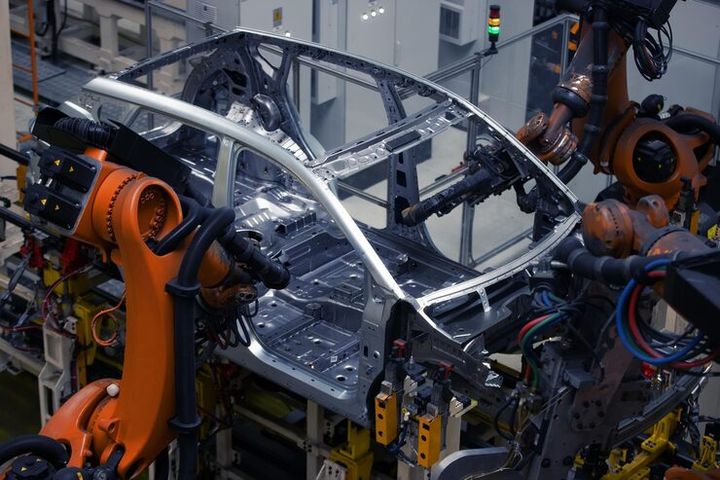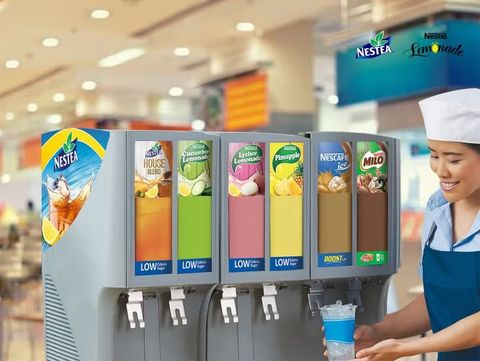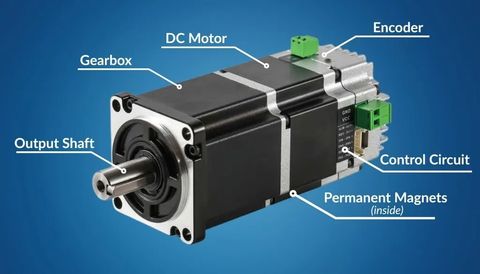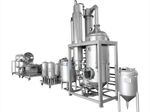Importance

This topic matters today for several reasons:
-
Quality and efficiency: The right machinery enables automakers and suppliers to produce vehicles with consistent quality, lower defect rates, and efficient use of materials and time.
-
Supply chain and employment: The automotive machinery sector impacts manufacturers, suppliers (Tier 1, Tier 2), machine-tool makers, and service providers. A robust machinery base supports broader industrial ecosystems.
-
Technological evolution: As vehicles incorporate more electronics, software, and complex assemblies (e.g., electric vehicles), machinery must keep pace with new process requirements.
-
Global competitiveness: Countries and companies that adopt advanced machinery can reduce production time, improve flexibility, and respond to market demands efficiently.
-
Sustainability and safety: Modern machinery can reduce waste, improve energy efficiency, enable safer work environments, and support cleaner production practices.
-
Emerging challenges: With disruptions in supply chains and shifts toward electric or hybrid vehicles, the machinery domain must adapt—thus affecting decision-makers in manufacturing, procurement, technology, and workforce training.
Recent Updates
Recent changes and trends (2024–2025) in the field of automotive manufacturing machinery include:
-
Growing adoption of automation, robotics, digital twin, and artificial intelligence (AI) in production lines. The automotive industry increasingly uses AI for predictive maintenance, quality inspection, and process optimization.
-
The global automotive manufacturing equipment market is valued at approximately US $31.99 billion in 2025, projected to reach US $41.70 billion by 2030.
-
In India, the Machinery and Electrical Equipment Safety (Omnibus Technical Regulation) Order, 2024 introduced mandatory safety and certification requirements for machinery and electrical equipment.
-
Manufacturers are becoming more flexible and tech-driven due to economic pressures, supply-chain shifts, and changing vehicle architecture.
-
Modular vehicle architecture and flexible manufacturing are gaining prominence. Machinery supporting quick change-over between internal combustion, hybrid, and electric vehicle lines is increasingly valued.
Below is a summary of key trend areas:
| Trend |
Description |
Implication for Machinery |
| Automation & AI |
Use of robotics, AI-based inspection, and digital twins |
Requires data-connectivity, sensors, and real-time monitoring |
| Flexible Manufacturing |
Rapid change-over between models and platforms |
Machinery must support modular layouts and re-tooling |
| Market Growth |
Equipment market expanding globally |
New opportunities for machine-tool and equipment suppliers |
| Regulation & Safety |
Stronger safety certification for machinery |
Manufacturers must ensure compliance and safety design |
| Sustainability & Electrification |
EVs, lightweight materials, and cleaner processes |
Machinery must handle composites, aluminium, and new joining methods |
Laws or Policies
In India and globally, several laws and policies influence the manufacturing and use of automotive machinery:
-
The Machinery and Electrical Equipment Safety (Omnibus Technical Regulation) Order, 2024, issued by the Ministry of Heavy Industries, established mandatory certification and standard marking for a wide range of machinery and electrical equipment.
-
An amendment in June 2025 temporarily deferred enforcement for assemblies and sub-assemblies to give manufacturers more time to comply.
-
The Central Motor Vehicles Rules, 1989 (CMVR) and Automotive Industry Standards (AIS) define vehicle and component safety, which indirectly shape machinery requirements for compliant manufacturing.
-
The Factories Act, 1948 outlines occupational safety, health, and working-conditions requirements affecting machinery operations in industrial settings.
-
The Production-Linked Incentive (PLI) Scheme for Automobile and Auto Components encourages large-scale manufacturing and modernization, supporting advanced machinery adoption in the automotive sector.
Compliance with these frameworks ensures safety, reliability, and quality, and allows manufacturers to access domestic and global markets confidently.
Tools and Resources
Useful tools and resources related to automotive manufacturing machinery include:
-
Industry market reports and databases: Offer data on machinery trends, production volumes, and forecasts.
-
Standards and certification platforms: Bureau of Indian Standards (BIS) and international ISO resources for machinery compliance.
-
Simulation and digital twin software: Tools for modelling, testing, and optimizing factory layouts and equipment performance.
-
Condition-monitoring and maintenance apps: Systems for tracking vibration, temperature, and cycle-time to prevent downtime.
-
Training and upskilling modules: Platforms providing education on robotics, automation, and machinery programming.
-
Machinery audit templates and checklists: Useful for ensuring safety compliance, certification validity, and maintenance records.
FAQs
Q1: What types of machinery are commonly used in automotive manufacturing?
A: Key types include stamping presses, robotic welding systems, automated assembly lines, conveyor systems, painting and finishing equipment, inspection and testing machines, and specialized joining tools such as laser and rivet welding.
Q2: How does machinery influence manufacturing flexibility?
A: Machinery designed for modularity, re-programming, and quick change-over enables automakers to switch between different vehicle models or technologies—essential for keeping up with evolving market demands and electrification.
Q3: What are the main challenges facing this industry?
A: Challenges include high capital investment, rapid technology shifts, integrating automation and AI, supply-chain volatility, and maintaining workforce skill levels while ensuring regulatory compliance.
Q4: How do safety and compliance regulations affect machinery use?
A: Machinery must meet prescribed safety standards and undergo certification to operate legally in manufacturing facilities. Non-compliance can lead to penalties, operational risks, and loss of certification.
Q5: What should manufacturers consider before upgrading machinery?
A: They should evaluate system compatibility, data-integration capability, flexibility for future vehicle models, operator training, energy efficiency, and adherence to new safety standards.
Conclusion
Automotive manufacturing machinery is central to vehicle production, enabling efficiency, precision, and safety across all manufacturing stages. As the industry transitions toward electrification, automation, and digitalization, machinery must adapt to support new technologies and regulatory demands. Understanding the trends, regulations, and resources surrounding this field is essential for creating a sustainable, innovative, and globally competitive automotive manufacturing ecosystem.












